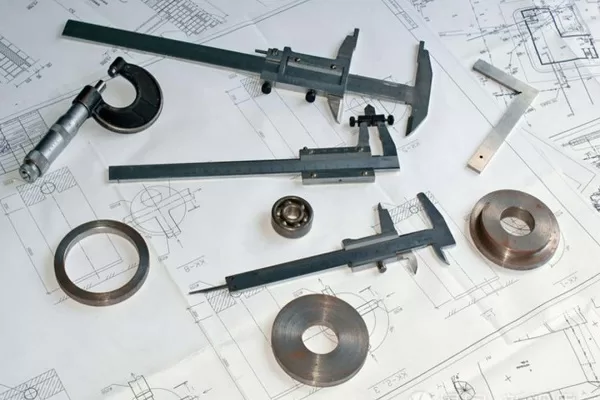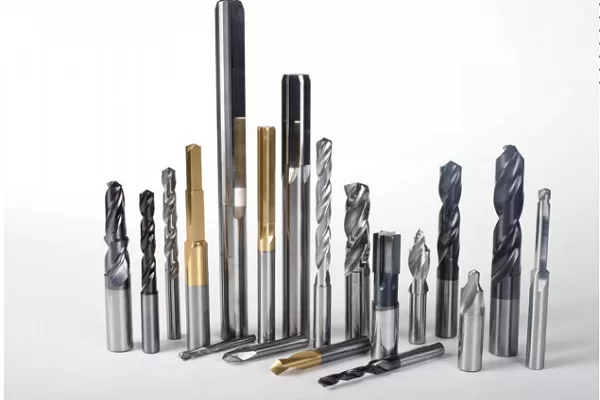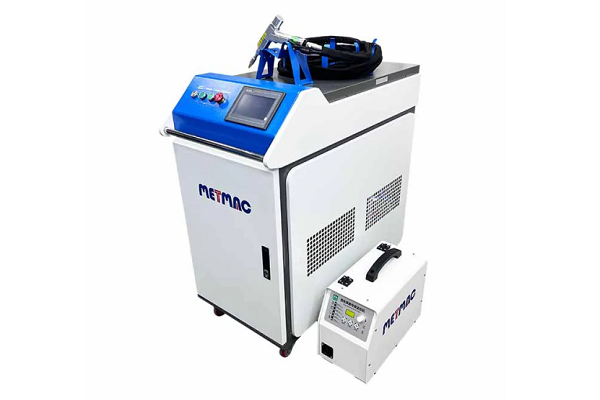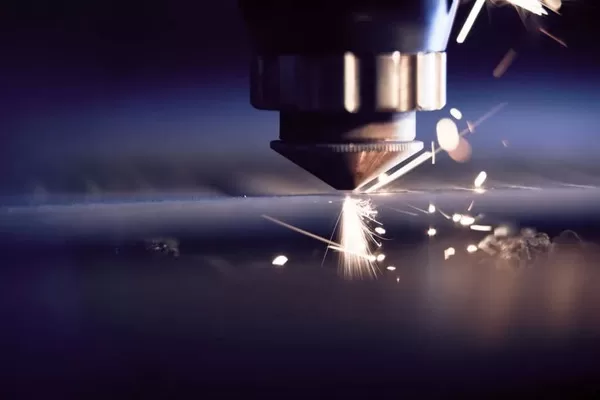
The Ultimate Guide to Iron Cutting Laser Machines
- By:Metmac
- 2024-08-12
- 86
In this comprehensive guide, we dive deep into the fundamentals, types, applications, and benefits of iron cutting laser machines. With over 700 meticulously crafted words, this article empowers you with the knowledge to navigate the world of laser cutting technology for iron materials.
Fundamentals of Iron Cutting Laser Machines
Laser cutting machines utilize a focused beam of laser light to melt and vaporize iron materials, enabling precise cutting and contouring. The wavelength of the laser determines its interaction with the metal. Common types include:
Fiber lasers, with wavelengths of 1.03-1.08 μm, are highly efficient and versatile.
CO2 lasers, with wavelengths of 10.6 μm, are widely used for industrial applications.
Excimer lasers, with wavelengths of 193-248 nm, are suitable for fine and delicate cutting.
Types of Iron Cutting Laser Machines
Based on their design and cutting capabilities, iron cutting laser machines can be categorized into:
Flatbed lasers cut sheets and plates of iron placed on a stationary bed.
Tube lasers specialize in cutting tubular sections of varying diameters and wall thicknesses.
3D lasers offer complex cutting and shaping capabilities for three-dimensional iron objects.
Fiber laser cutting machines, utilizing fiber lasers, provide increased cutting speeds and reduced operating costs.
Applications of Iron Cutting Laser Machines
The versatility of iron cutting laser machines makes them indispensable in various industries:
Automotive: precision cutting of body panels, exhaust systems, and chassis components.
Aerospace: fabrication of aircraft components, such as wings and fuselage parts.
Fabrication: production of metal structures, brackets, and enclosures.
Construction: cutting of steel beams, rebars, and other structural components.
Medical: manufacturing of surgical instruments, implants, and medical devices.
Benefits of Iron Cutting Laser Machines
Compared to traditional cutting methods, laser cutting offers numerous advantages:
Precision: Laser beams provide highly accurate and repeatable cuts with minimal burrs.
Flexibility: Laser cutters can cut complex shapes and contours, eliminating the need for secondary fabrication processes.
Speed: Laser cutting machines operate at high speeds, maximizing production efficiency.
Heat-affected zone (HAZ): Laser cutting produces a narrow and controlled HAZ, minimizing material distortion.
Cost-effectiveness: Laser cutting can reduce material waste and increase productivity, leading to significant cost savings.
-
The Advantages of Using a Sheet Roll Forming Machine in Manufacturing
2024/09/14 -
How to Optimize Your Laser Sheet Cutting Machine for Maximum Performance
2024/09/12 -
How to Maximize Efficiency with Modern Sheet Metal Working Machines
2024/09/04 -
The Environmental Benefits of Using Duct Board Grooving Machines
2024/09/03
-
A Guide to the Latest Innovations in Sheet Metal Folding Machines
2024/11/29 -
Key Features to Consider When Investing in a Sheet Metal Folding Machine
2024/11/28 -
Enhancing Precision with Advanced Sheet Metal Folding Machines
2024/11/27 -
How to Choose the Right Sheet Metal Folding Machine for Your Workshop
2024/11/26



